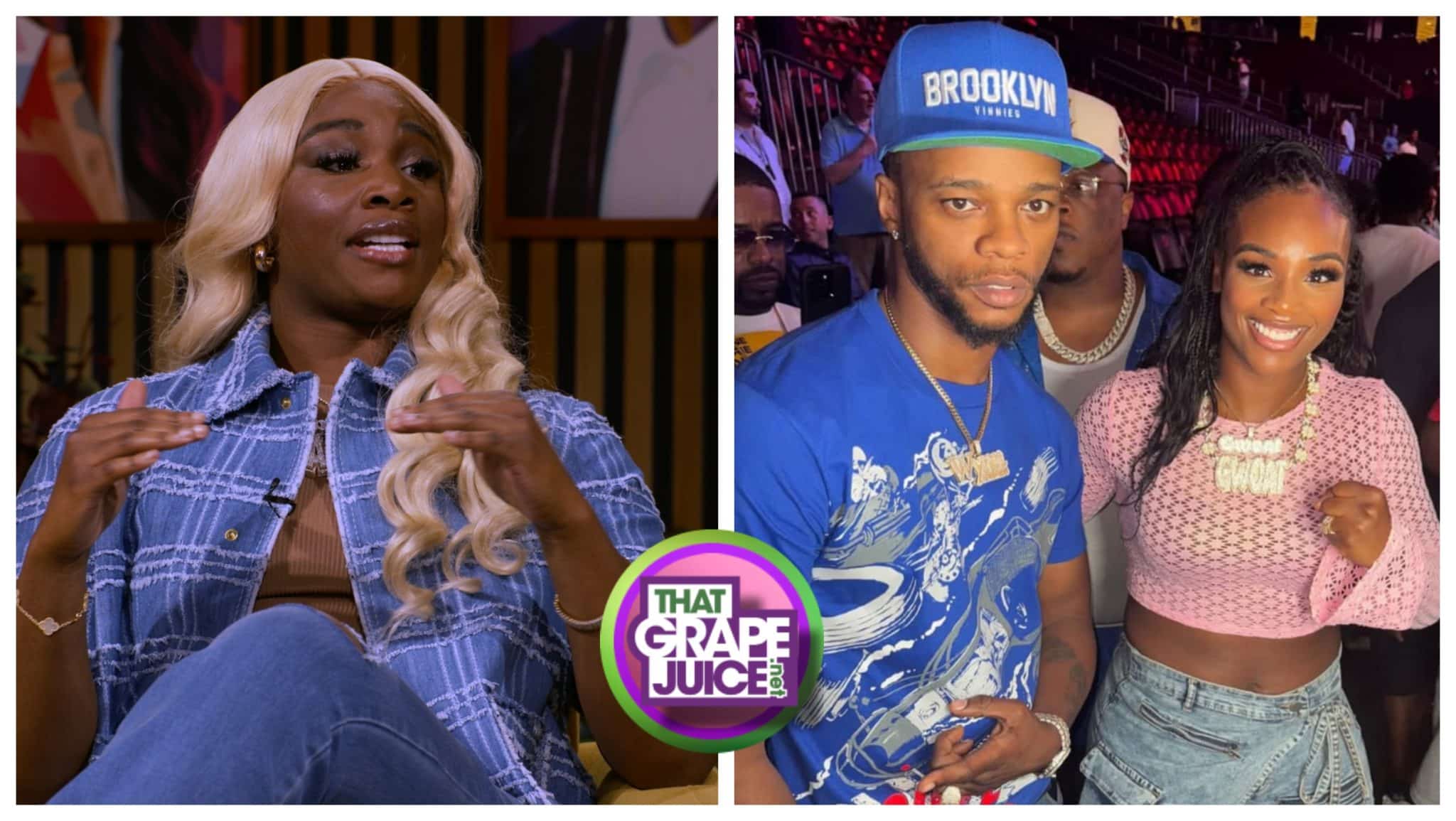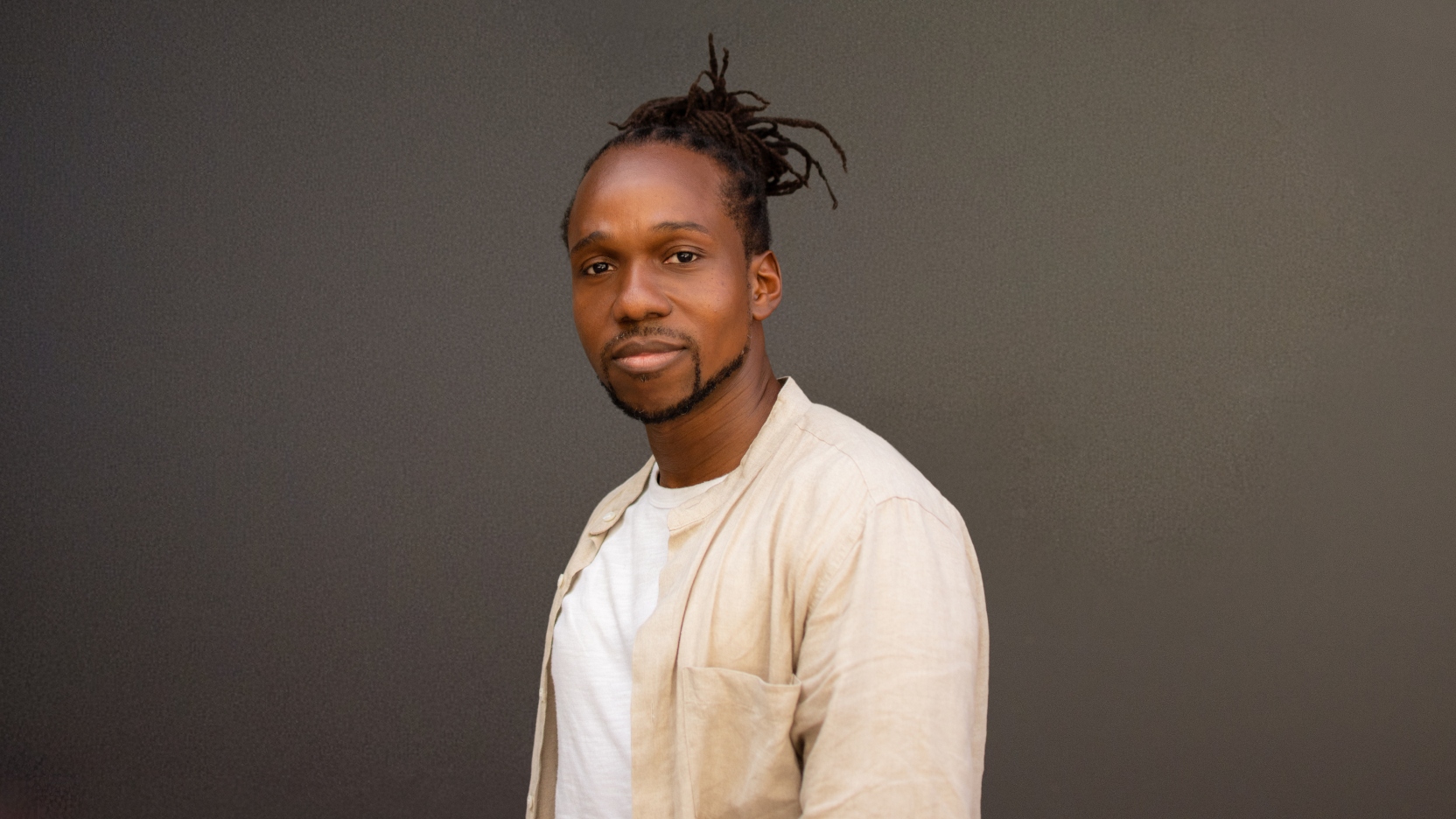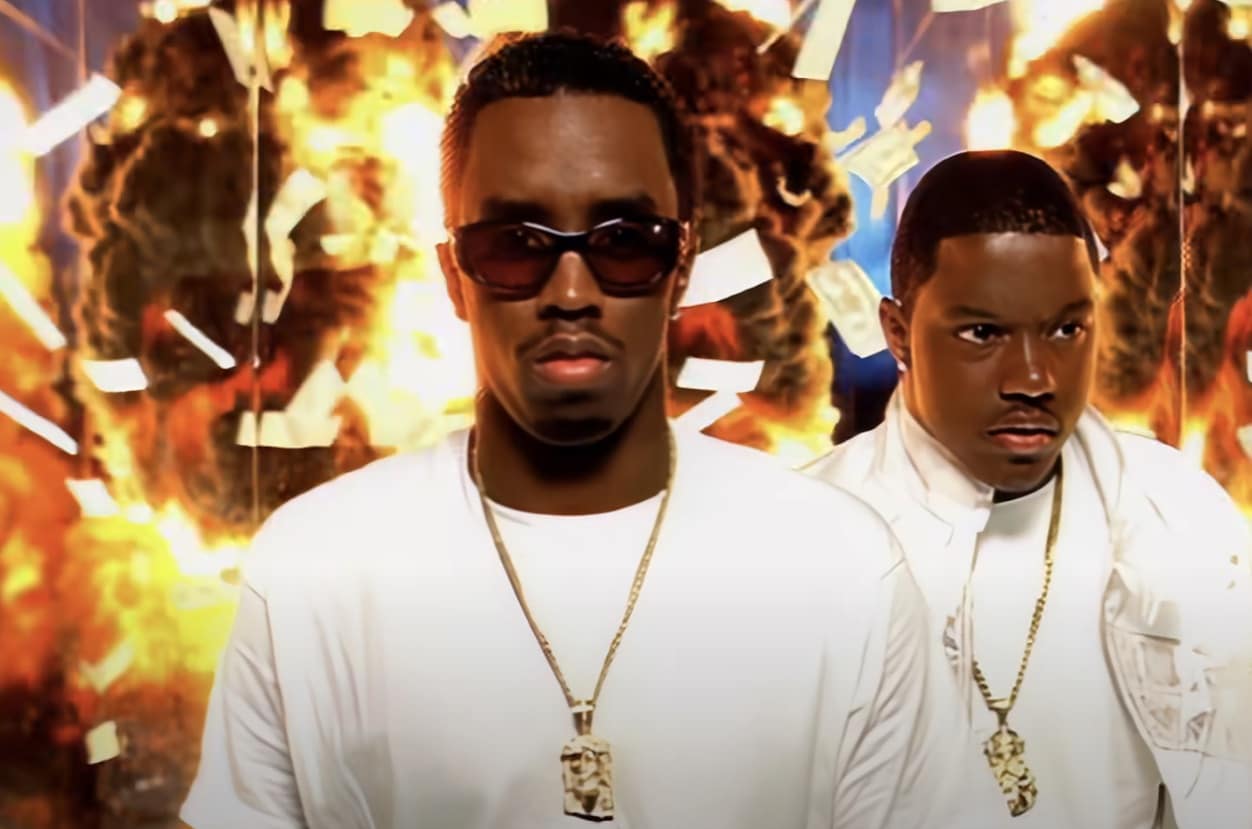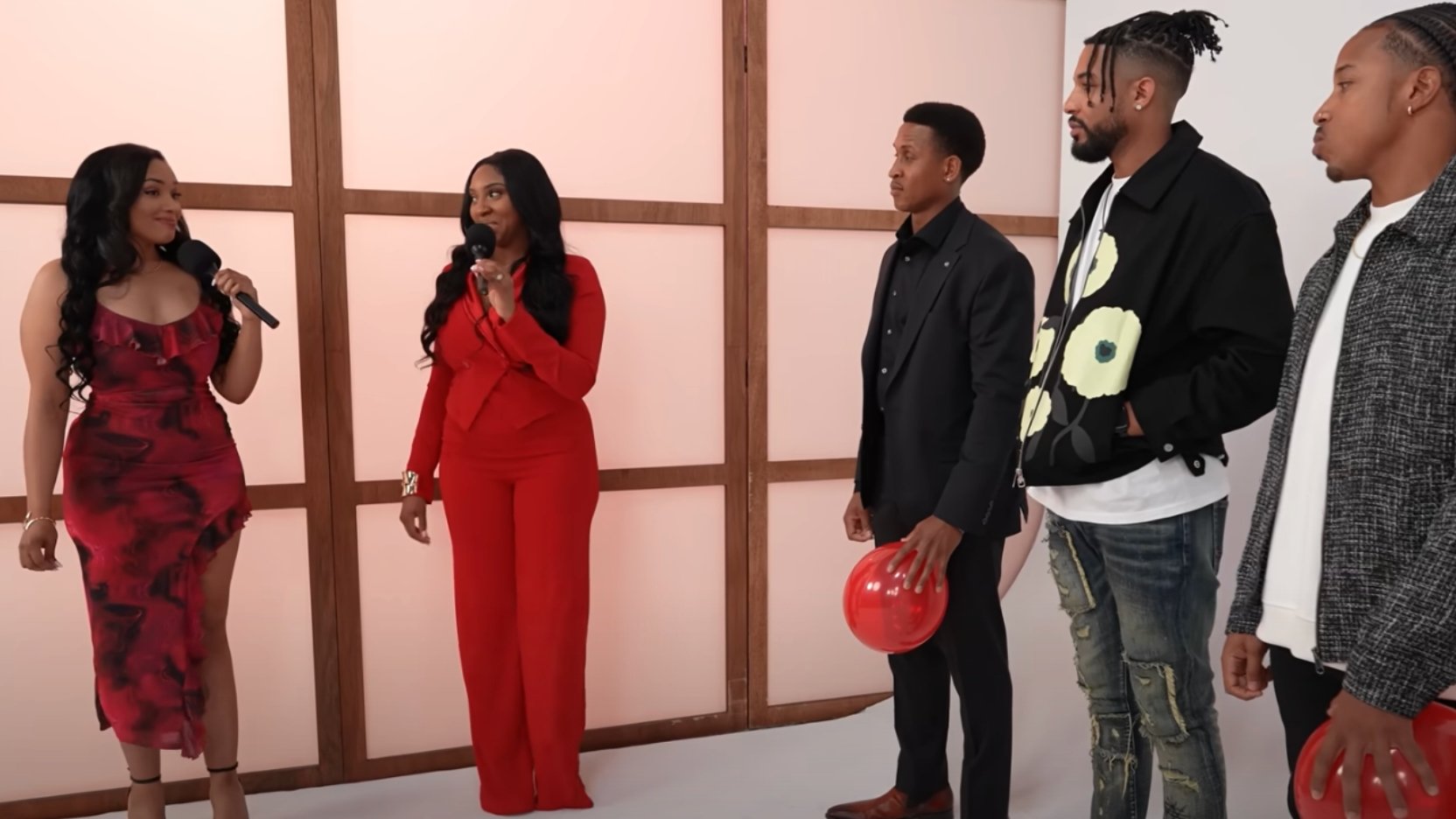Beyond Labels: The Queer Words That Deserve More Love
LGBTQIA+ culture isn’t just about the letters that make up the acronym, it’s a vast, layered, and ever-evolving community filled with rich language and history. Over the years, queer people have built words to describe not just their identities but their lived experiences, relationships, and even shared humor. While most people are familiar with terms [...] Read More... from Beyond Labels: The Queer Words That Deserve More Love The post Beyond Labels: The Queer Words That Deserve More Love appeared first on LBS.
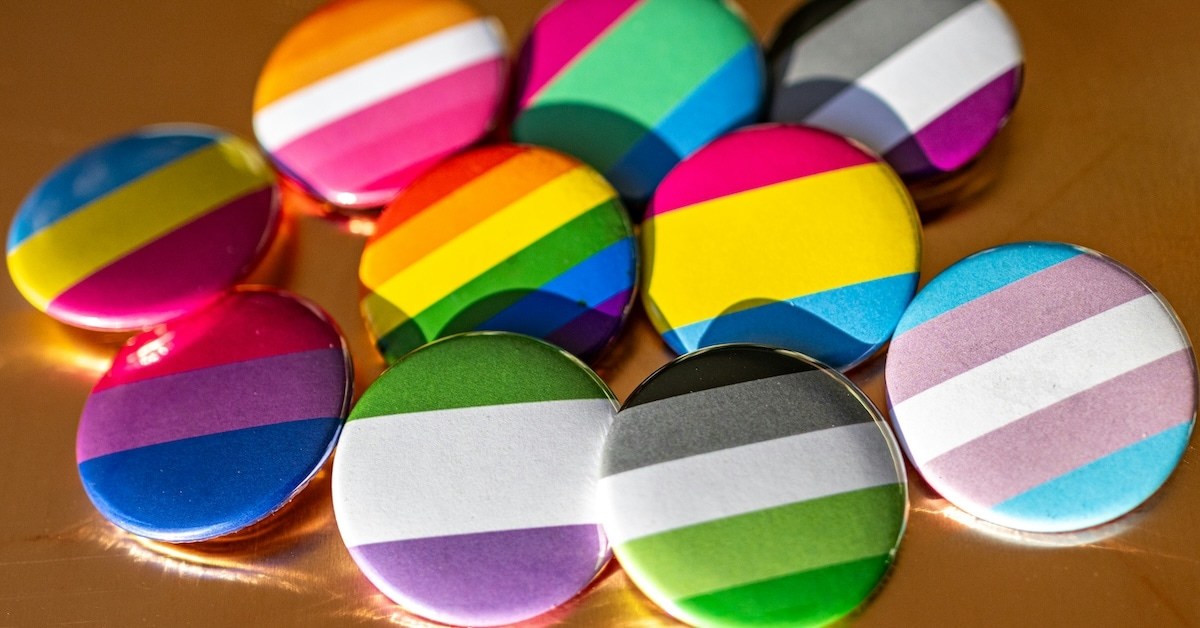

LGBTQIA+ culture isn’t just about the letters that make up the acronym, it’s a vast, layered, and ever-evolving community filled with rich language and history. Over the years, queer people have built words to describe not just their identities but their lived experiences, relationships, and even shared humor. While most people are familiar with terms like “gay,” “nonbinary,” or “pansexual,” there are many words that often fly under the radar but they’re equally vital to understanding the full spectrum of queer life. Here are seven less-known LGBTQIA+ terms worth learning and using with respect.
1. Alloromantic / Allosexual
Most people have heard the word “asexual,” referring to someone who experiences little or no sexual attraction. But what about its opposite? “Allosexual” describes someone who does experience sexual attraction. Similarly, “alloromantic” means a person who experiences romantic attraction. These words exist to remind us that asexuality isn’t “missing something,” it’s simply one valid place on a broad spectrum.
2. Greysexual
Think of “greysexuality” as the space between asexual and allosexual. Greysexual people experience sexual attraction infrequently or only under specific circumstances. It’s one of many micro-identities that help people more accurately describe their relationship to intimacy.
3. Demisexual
A term gaining more traction in recent years, “demisexual” refers to people who only experience sexual attraction after forming an emotional bond. It’s not about “waiting” or being “picky,” it’s about connection. Demisexuality sits under the asexual umbrella and helps show that attraction isn’t one-size-fits-all.
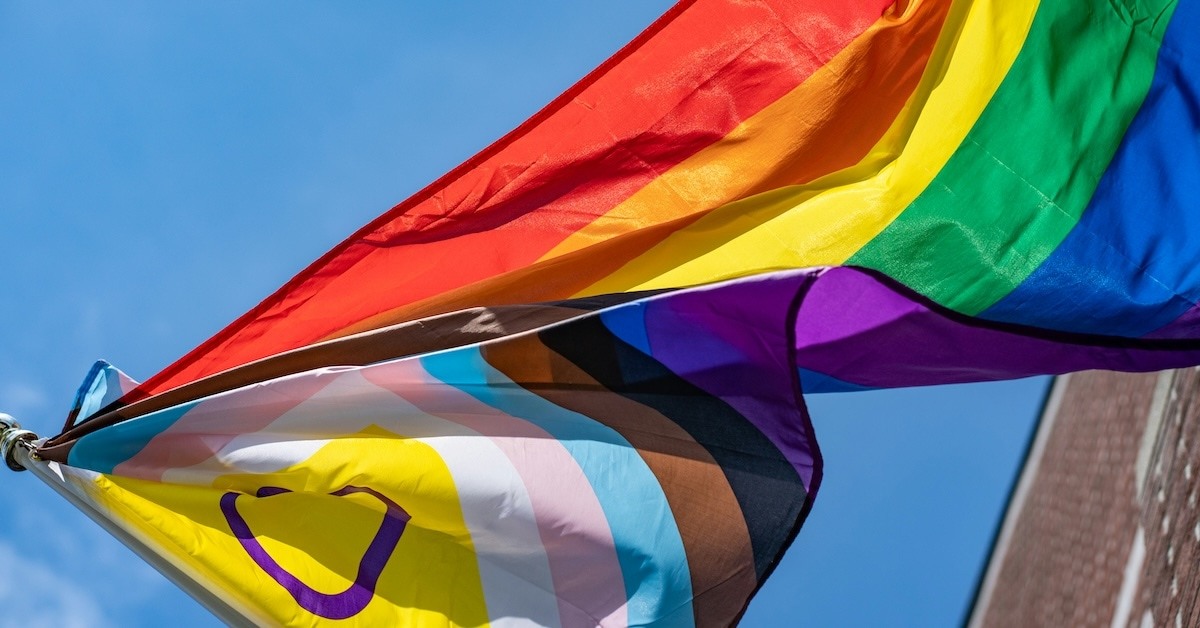
4. Two-Spirit
Originating in some Indigenous North American cultures, “Two-Spirit” is a modern, pan-Indigenous term used to describe people who embody both masculine and feminine spirits or roles. It’s deeply cultural, not a direct synonym for “nonbinary.” Respectful use of this term means acknowledging its specific spiritual and cultural significance.
5. Cishet
Short for “cisgender heterosexual,” “cishet” is often used within queer spaces to describe people who aren’t part of the LGBTQIA+ community. It’s not inherently negative, just descriptive, though it can be used playfully or critically in certain contexts, especially when discussing privilege or allyship.
6. Neopronouns
Beyond “he,” “she,” or “they,” some people use neopronouns, gender-neutral words like “xe/xem,” “ze/zir,” or “fae/faer.” These pronouns help users express gender identities that don’t fit traditional language structures. While they may sound new, neopronouns have been used for decades in queer and literary communities.
7. Aromantic (Aro)
Aromantic individuals experience little or no romantic attraction, though they may still desire friendship, companionship, or sexual relationships. The aromantic community challenges traditional ideas about love and connection, proving that a fulfilling life doesn’t have to revolve around romance.
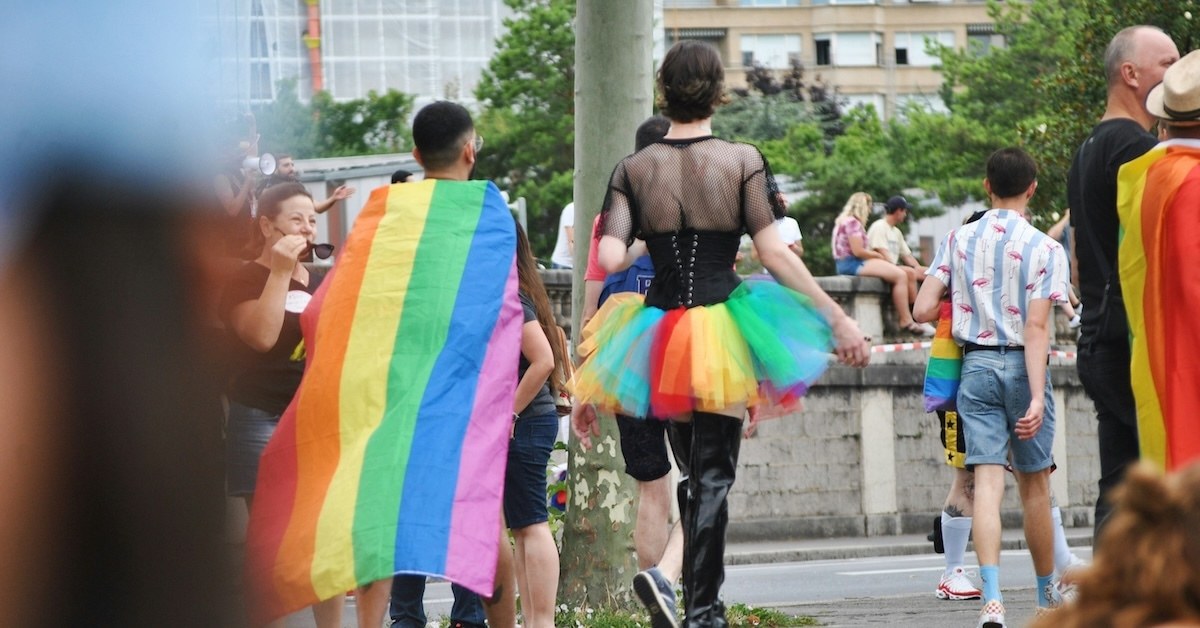
The Bigger Story
Queer language evolves because queer people do. Each new term adds another layer of understanding and self-expression, a reminder that identity isn’t fixed, it’s fluid. Learning and using these words isn’t just about vocabulary; it’s about respect. It shows curiosity, care, and a willingness to see people as they see themselves.
So next time you see a new term online, don’t scroll past it, look it up, learn its context, and keep growing. LGBTQIA+ culture isn’t a single story or acronym. It’s a living, breathing collection of voices, and every word tells a part of that story.
Did you know any of these terms before reading? What is one that we missed?
The post Beyond Labels: The Queer Words That Deserve More Love appeared first on LBS.
Share
What's Your Reaction?
 Like
0
Like
0
 Dislike
0
Dislike
0
 Love
0
Love
0
 Funny
0
Funny
0
 Angry
0
Angry
0
 Sad
0
Sad
0
 Wow
0
Wow
0
![Kimora Lee Simmons Slams Daughter Aoki Lee’s Brief Romance with 65-Year-Old Man: ‘It’s Predatorial’ [Video]](https://www.lovebscott.com/wp-content/uploads/2025/12/e6f201ebbf274c19b2dc39e7ea973d2e_md.jpg.webp)



